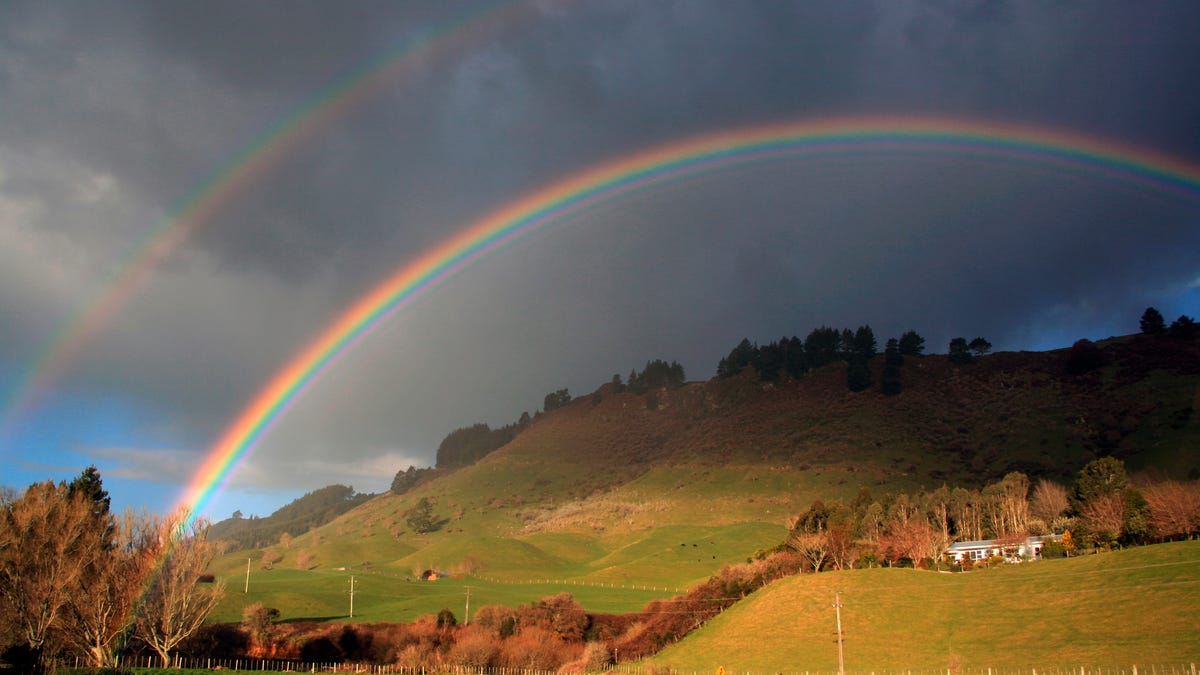Spacetime is a rainbow
Just as white light is made up of various wavelengths of light, so too is spacetime composed of various versions of spacetime.
Prepare to have your brain fried by this latest theoretical discovery. If we had a prism capable of splitting spacetime, we'd see many variations that combine to form one big spacetime, in the same way that various wavelengths of light combine to form white light.
At least, that's the case according to a theoretical model by the University of Warsaw's Faculty of Physics. Their paper was published in the December 2015 issue of Physics Letters B.
According to the team's calculations, any model of the universe using the popular quantum theories of gravity must also include this "spacetime rainbow."
When white light is split by a prism, the colours of the resulting rainbow contain photons with different energy levels. The higher the energy level, the greater the angle of deflection. This, the team said, could be seen as the photons "sensing" the same prism as having slightly different properties.
This is where the comparison to spacetime comes in. Just as the wavelengths experience the prism differently, particles of different energies in quantum universe models experience spacetime differently.
"Two years ago we reported ... different types of particles feel the existence of spacetimes with slightly different properties," explained Jerzy Lewandowski, who led the research team.
"Now it turns out that the situation is even more complicated. We have discovered a truly generic mechanism, whereby the fabric of spacetime felt by a given particle must vary depending not only on its type, but even on its energy."
You can find the full mind-melting theoretical rundown in the published paper, delving into the team's model of the universe and how its quantum spacetime behaves the same as classical spacetime. It's one amazing rabbit hole of hardcore theoretical physics.
For the team at University of Warsaw, they see this rainbow of spacetime as an incredible discovery.
"This result is simply astonishing. We start with the fuzzy world of quantum geometry, where it is even difficult to say what is time and what is space, yet the phenomena occurring in our cosmological model still look as if everything was happening in ordinary spacetime!" said PhD student Mehdi Assanioussi.


